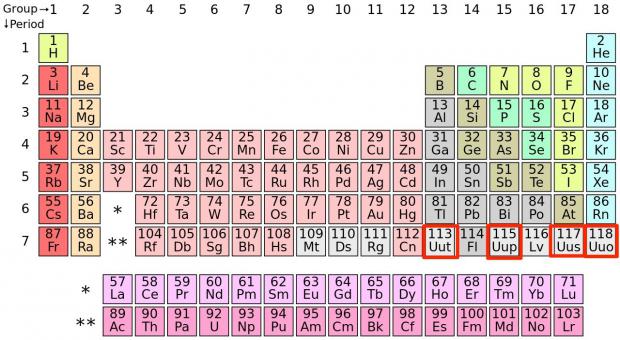
Breaking News
 At Least 10 Children Killed by Israeli Drones While Waiting Outside Clinic for Medical Aid and Food
At Least 10 Children Killed by Israeli Drones While Waiting Outside Clinic for Medical Aid and Food
 IRS Gives Churches Blessing to Endorse Candidates
IRS Gives Churches Blessing to Endorse Candidates
 17 Out-Of-Place Artifacts That Suggest High-Tech Civilizations Existed Thousands (Or Millions)...
17 Out-Of-Place Artifacts That Suggest High-Tech Civilizations Existed Thousands (Or Millions)...
Top Tech News
Magic mushrooms may hold the secret to longevity: Psilocybin extends lifespan by 57%...
 Unitree G1 vs Boston Dynamics Atlas vs Optimus Gen 2 Robot– Who Wins?
Unitree G1 vs Boston Dynamics Atlas vs Optimus Gen 2 Robot– Who Wins?
 LFP Battery Fire Safety: What You NEED to Know
LFP Battery Fire Safety: What You NEED to Know
 Final Summer Solar Panel Test: Bifacial Optimization. Save Money w/ These Results!
Final Summer Solar Panel Test: Bifacial Optimization. Save Money w/ These Results!
 MEDICAL MIRACLE IN JAPAN: Paralyzed Man Stands Again After Revolutionary Stem Cell Treatment!
MEDICAL MIRACLE IN JAPAN: Paralyzed Man Stands Again After Revolutionary Stem Cell Treatment!
 Insulator Becomes Conducting Semiconductor And Could Make Superelastic Silicone Solar Panels
Insulator Becomes Conducting Semiconductor And Could Make Superelastic Silicone Solar Panels
 Slate Truck's Under $20,000 Price Tag Just Became A Political Casualty
Slate Truck's Under $20,000 Price Tag Just Became A Political Casualty
 Wisdom Teeth Contain Unique Stem Cell That Can Form Cartilage, Neurons, and Heart Tissue
Wisdom Teeth Contain Unique Stem Cell That Can Form Cartilage, Neurons, and Heart Tissue
 Hay fever breakthrough: 'Molecular shield' blocks allergy trigger at the site
Hay fever breakthrough: 'Molecular shield' blocks allergy trigger at the site
?Chemists just named 4 new elements on the periodic table

Respectively, those symbols — all of them temporary placeholders — stand for ununtrium, ununpentium, ununseptium, and ununoctium.
But the International Union of Pure and Applied Chemistry (IUPAC) has just decided on some new and permanent names: nihonium, moscovium, tennessine, and oganesson.
They aren't substances you'd recognize. In fact, you'll probably never, ever see the newly named elements in real life. They were created in high-tech labs by scientists hurling smaller atoms at each other until they made something larger. (The scientific equivalent of throwing spaghetti at a wall and hoping it sticks.)
Each name was proposed by the research team that created the element, and the names show that personal connection. Number 113, nihonium, named for Japan (called Nihon in Japanese), is the first element to be discovered in Asia. Similarly, moscovium (115) and tennessine (117) were discovered by a team of scientists collaborating from Russia and Tennessee.

 WHAT HAPPENED TO TRUMP?
WHAT HAPPENED TO TRUMP? AI Getting Better at Medical Diagnosis
AI Getting Better at Medical Diagnosis

